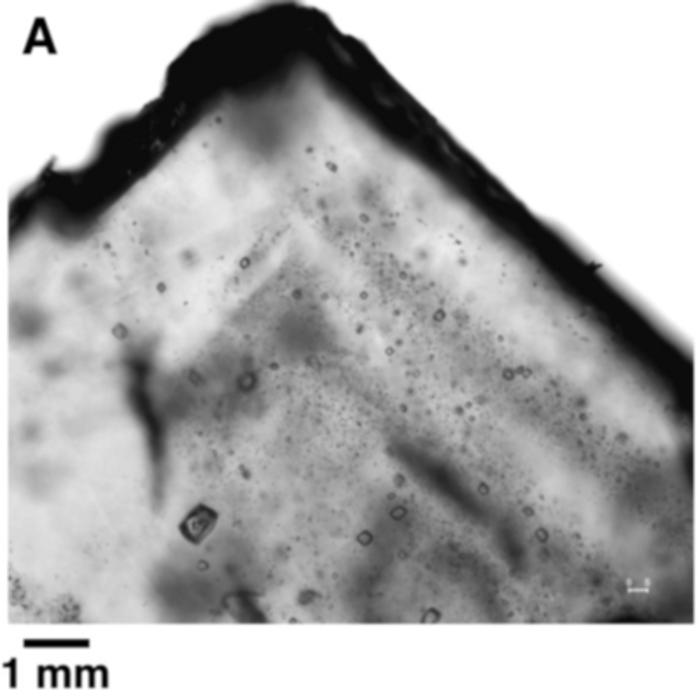New research will help search for life in both terrestrial and extraterrestrial chemical sedimentary rocks.
Halite crystals grow in salty surfacewaters and retain the water that immediately got there. They can also trap any solid particles that were in the water near or on the surface of the crystal.
The authors of the new work studied samples of halite, theywere from 10 layers of different depths. The researchers used transmitted light petrography and ultraviolet-visible light petrography to study the contents.
The team found that the solids that were in the liquid were prokaryotic and eukaryotic cells, as well as organic compounds.
 Solids under the microscope
Solids under the microscope
The team responded that it was important to use their optical-first approach when examining chemical deposits for biosignals.
This study also shows that microorganisms can survive in liquid inclusions in halite for millions of years. Similar biosignals can be found in chemical deposits from Mars.
Read more
American satellite "saw" an unusual message from Earth
Published video from the rocket, which was launched from an experimental accelerator
Giant funnel found in China. Species unknown to science may be hiding there.